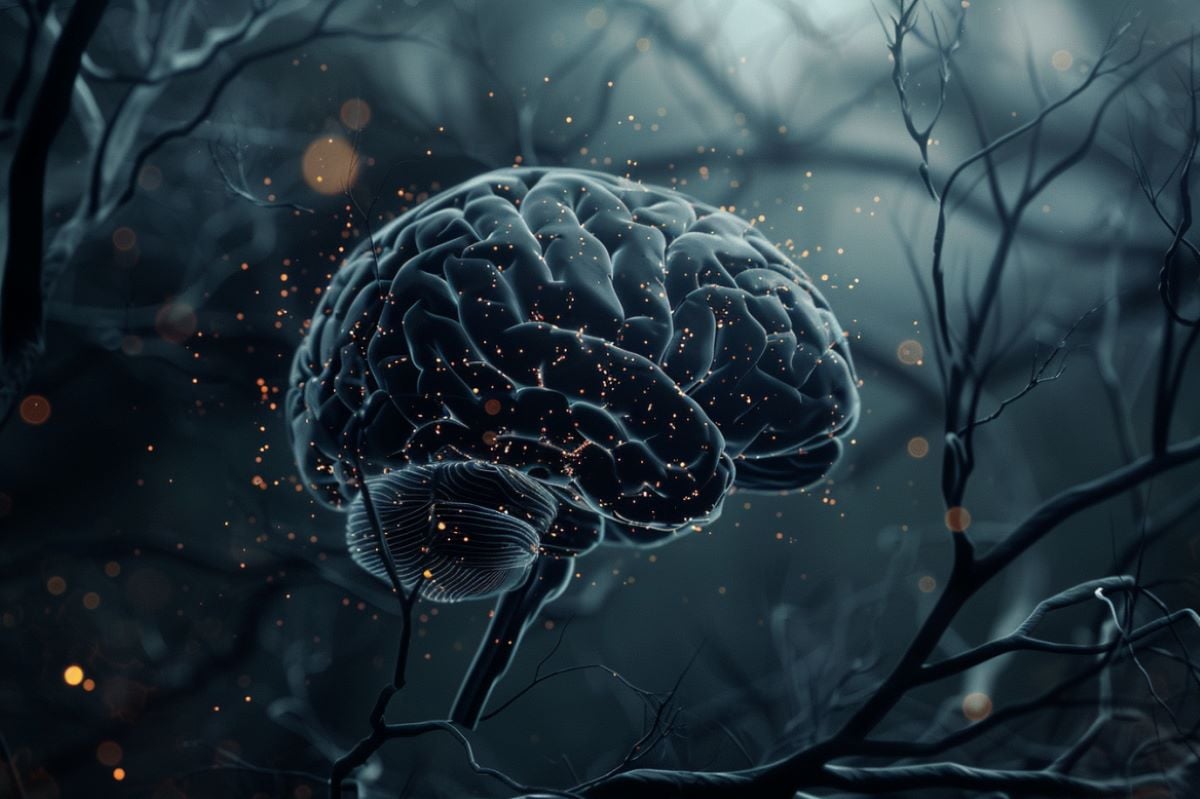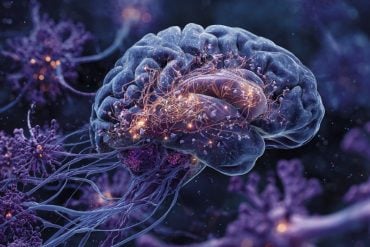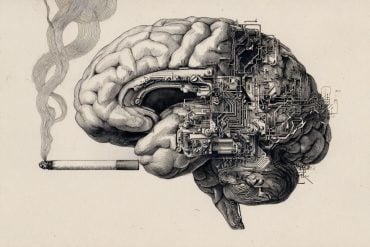Summary: Researchers have developed “OpenNeuro Average” (onavg), a new cortical surface template that improves the accuracy and efficiency of neuroimaging data analysis.
This template is based on 1,031 brains, providing a more uniform and less biased map compared to previous models. It allows for better data usage, which is crucial for studies with limited datasets.
The onavg template is expected to have broad applications in cognitive and clinical neuroscience.
Key Facts:
- Uniform Sampling: onavg samples brain regions uniformly, reducing bias.
- Data Efficiency: Requires less data for accurate analysis, aiding studies with limited datasets.
- Wide Applications: Useful for research in vision, language, and neurodegenerative diseases.
Source: Dartmouth College
The human brain is responsible for critical functions, including perception, memory, language, thinking, consciousness, and emotions.
To understand how the brain works, scientists often use neuroimaging to record participants’ brain activity when the brain is performing a task or at rest. Brain functions are systematically organized on the cerebral cortex, the outer layer of the human brain.
Researchers often use what is called a “cortical surface model” to analyze neuroimaging data and study the functional organization of the human brain.

Each brain has a different shape. To analyze neuroimaging data of multiple individuals, researchers need to register the data to the same brain template, which enables identifying the same anatomical location on different brains, even though brains have different shapes. These locations are known as “vertices.”
Over the past 25 years, there have been several iterations of such templates, and the most commonly used cortical surface templates today are based on data collected from 40 brains.
Now, Dartmouth researchers have created a new cortical surface template called “OpenNeuro Average,” or “onavg” for short, which provides greater accuracy and efficiency in analyzing neuroimaging data.
The findings are published in Nature Methods.
“Our cortical surface template, onavg, is the first to sample different parts of the brain uniformly,” says lead author Feilong Ma, a postdoctoral fellow and member of the Haxby Lab in the Department of Psychological and Brain Sciences at Dartmouth. “It’s a less biased map that is more computationally efficient.”
The team built the template based on the cortical anatomy of 1,031 brains from 30 datasets in OpenNeuro, a free and open-source platform for sharing neuroimaging data. According to the co-authors, it is also the first cortical surface template based on the geometric shape of the brain.
In contrast, previous templates sampled different parts of the cortex unevenly and were based on a sphere-like shape to define the location of cortical vertices, which resulted in biases in the distribution of vertices.
With the onavg template, less data is required for analysis.
“It’s very expensive to obtain data through neuroimaging and for some clinical populations— such as if you’re studying a rare disease—it can be difficult or impossible to acquire a large amount of data, so the ability to access better results with less data is an asset,” says Feilong.
“With more efficient data usage, our template can potentially increase the replicability and reproducibility of results in academic studies.”
“I think that onavg represents a methodological advancement that has broad applications across all aspects of cognitive and clinical neuroscience,” says co-author James Haxby, a professor in the Department of Psychological and Brain Sciences and former director of the Center for Cognitive Neuroscience at Dartmouth.
He says their cortical surface template could be used for studies on vision, hearing, language, and individual differences, as well as on disorders such as autism and neurodegenerative diseases like Alzheimer’s and Parkinson’s.
“We think it’s going to have a broad and deep impact in the field,” says Haxby. Jiahui Guo, a former postdoctoral fellow in psychological and brain sciences and assistant professor in the School of Behavioral and Brain Sciences at the University of Texas at Dallas, and Maria Ida Gobbini, an associate professor in the Department of Medical and Surgical Sciences at the University of Bologna, also contributed to the study.
About this brain mapping research news
Author: Amy Olson
Source: Dartmouth College
Contact: Amy Olson – Dartmouth College
Image: The image is credited to Neuroscience News
Original Research: Open access.
“A cortical surface template for human neuroscience” by Feilong Ma et al. Nature Methods
Abstract
A cortical surface template for human neuroscience
Neuroimaging data analysis relies on normalization to standard anatomical templates to resolve macroanatomical differences across brains. Existing human cortical surface templates sample locations unevenly because of distortions introduced by inflation of the folded cortex into a standard shape.
Here we present the onavg template, which affords uniform sampling of the cortex.
We created the onavg template based on openly available high-quality structural scans of 1,031 brains—25 times more than existing cortical templates. We optimized the vertex locations based on cortical anatomy, achieving an even distribution.
We observed consistently higher multivariate pattern classification accuracies and representational geometry inter-participant correlations based on onavg than on other templates, and onavg only needs three-quarters as much data to achieve the same performance compared with other templates.
The optimized sampling also reduces CPU time across algorithms by 1.3–22.4% due to less variation in the number of vertices in each searchlight.






